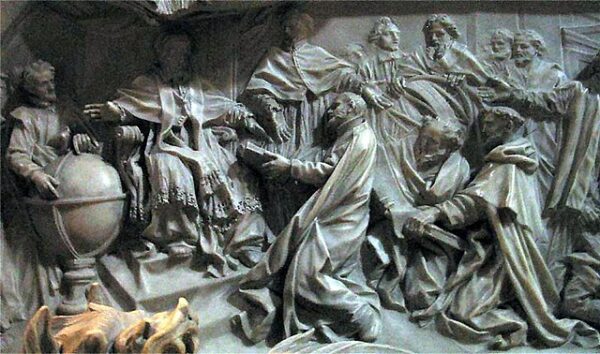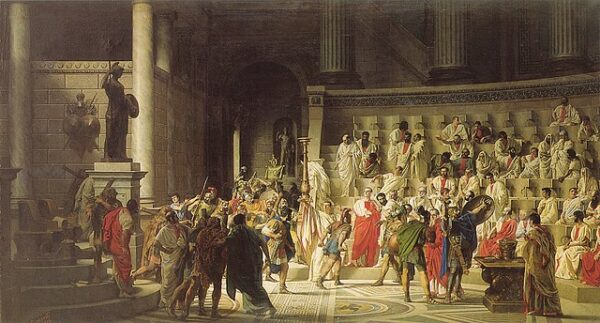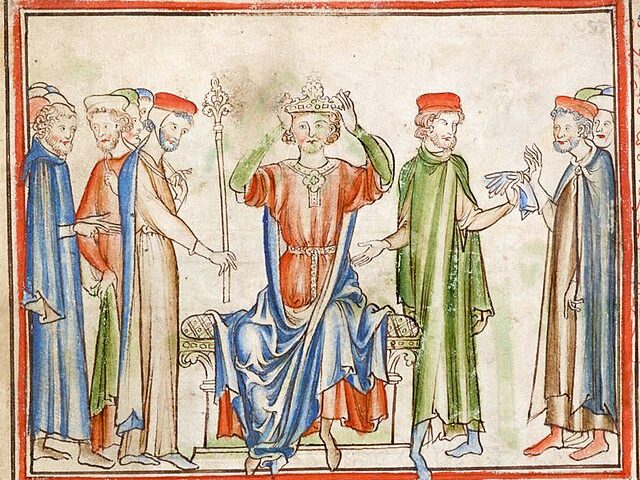The adoption of the Gregorian calendar on October 15, 1582, marked a significant shift in timekeeping, revolutionizing how societies measured and tracked time across the globe. Named after Pope Gregory XIII, who introduced it, the Gregorian calendar was created to reform the Julian calendar, which had been in use since its introduction by Julius Caesar in 46 BCE. Over the centuries, the Julian calendar’s inaccuracies had accumulated, causing the dates of important Christian holidays, like Easter, to drift away from their intended astronomical positions. The Gregorian calendar was designed to correct this drift and restore accuracy to the calculation of key religious events, as well as to create a more precise system of timekeeping.
The primary issue with the Julian calendar was that its year was too long. The Julian year consisted of 365.25 days, but the actual solar year is approximately 365.2425 days long. While this difference might seem minor, over the course of centuries, it led to a significant misalignment between the calendar year and the solar year, causing events like the spring equinox to occur earlier and earlier in the calendar. By the 16th century, the equinox was about ten days off from its original date during the Council of Nicaea in 325 CE, which had set the date for Easter in relation to the equinox.
To address this growing discrepancy, Pope Gregory XIII convened a group of astronomers, mathematicians, and clergy to devise a new system. The result was the Gregorian calendar, which adjusted the length of the year by refining the rules for leap years. Under the new system, a leap year would still occur every four years, but with an exception: years divisible by 100 would not be leap years unless they were also divisible by 400. This adjustment brought the calendar year much closer to the actual length of the solar year, reducing future drift.
The Gregorian calendar was officially introduced on October 15, 1582, with an immediate correction to the existing calendar. To bring the date of the spring equinox back in line with the solar year, ten days were skipped. In countries that adopted the calendar right away, October 4, 1582, was followed directly by October 15, 1582. This seemingly drastic measure was necessary to realign the calendar and ensure that Easter, which had been drifting later and later into the year, would once again fall closer to the date of the vernal equinox, as intended.
Initially, the adoption of the Gregorian calendar was limited to Catholic countries, as it was introduced by the Pope. Spain, Portugal, Italy, and Poland were among the first nations to make the switch, and the Catholic regions of France soon followed. Protestant and Orthodox countries, however, were slower to adopt the reform, as they were wary of a calendar associated with the Catholic Church. England, for example, did not adopt the Gregorian calendar until 1752, nearly 170 years after its introduction. When England made the switch, 11 days were skipped, and September 2, 1752, was followed by September 14, 1752. This change caused confusion and even led to some public unrest, with citizens fearing they had lost days of their lives.
Over time, however, most of the world gradually adopted the Gregorian calendar, recognizing its practical benefits for trade, communication, and scientific observation. By the early 20th century, almost all countries had switched to the Gregorian system, though some, like Greece and Russia, held out until the 1920s. Even today, a few religious groups and nations, such as the Eastern Orthodox Church, continue to use the Julian calendar for liturgical purposes, but the Gregorian calendar remains the global standard for civil timekeeping.
The adoption of the Gregorian calendar on October 15, 1582, represents a pivotal moment in history, as it standardized timekeeping across much of the world and corrected centuries of drift caused by the Julian system. Its introduction helped synchronize religious, scientific, and social activities, laying the groundwork for the modern calendar system we use today.






